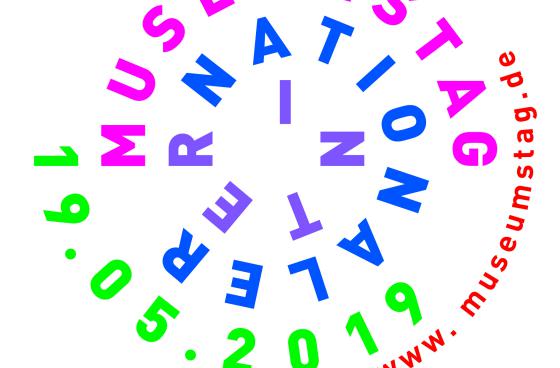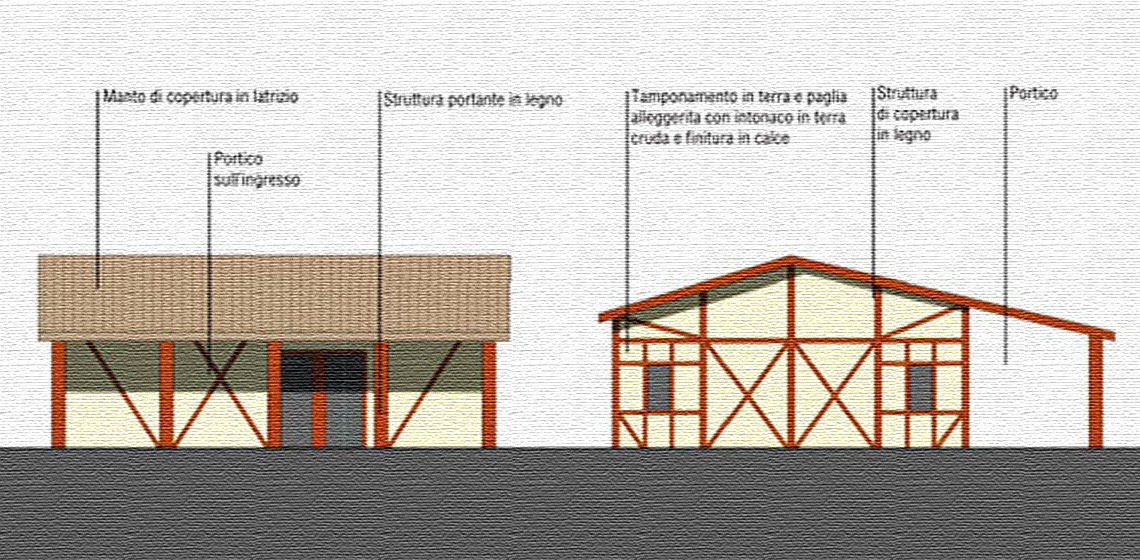We write the year 275/276 AD. The flames go out, the smoke is distorted, the excited shouting ebbs. Silence in Schwarzenacker following the invasion by the Alemanic People. Gradually, the extent is visible: the trading city, founded under Emperor Augustus, lies in rubble and ashes.
Some houses and cellar vaults have survived the onslaught. The floor plan of an Italo-Roman city can be seen until today. Although in the years after the destruction Schwarzenacker was re-populated and rebuilt - the former splendour and the sub-regional importance as a commercial and administrative centre was gone.








![Photo by Carole Raddato from Frankfurt (DE) [CC BY-SA 2.0 (http://creativecommons.org/licenses/by-sa/2.0)], via Wikimedia Commons](/sites/default/files/styles/full_size_1140/public/romermuseum_schwarzenacker_germany_9299758334.jpg?itok=2GcvRcqh)
